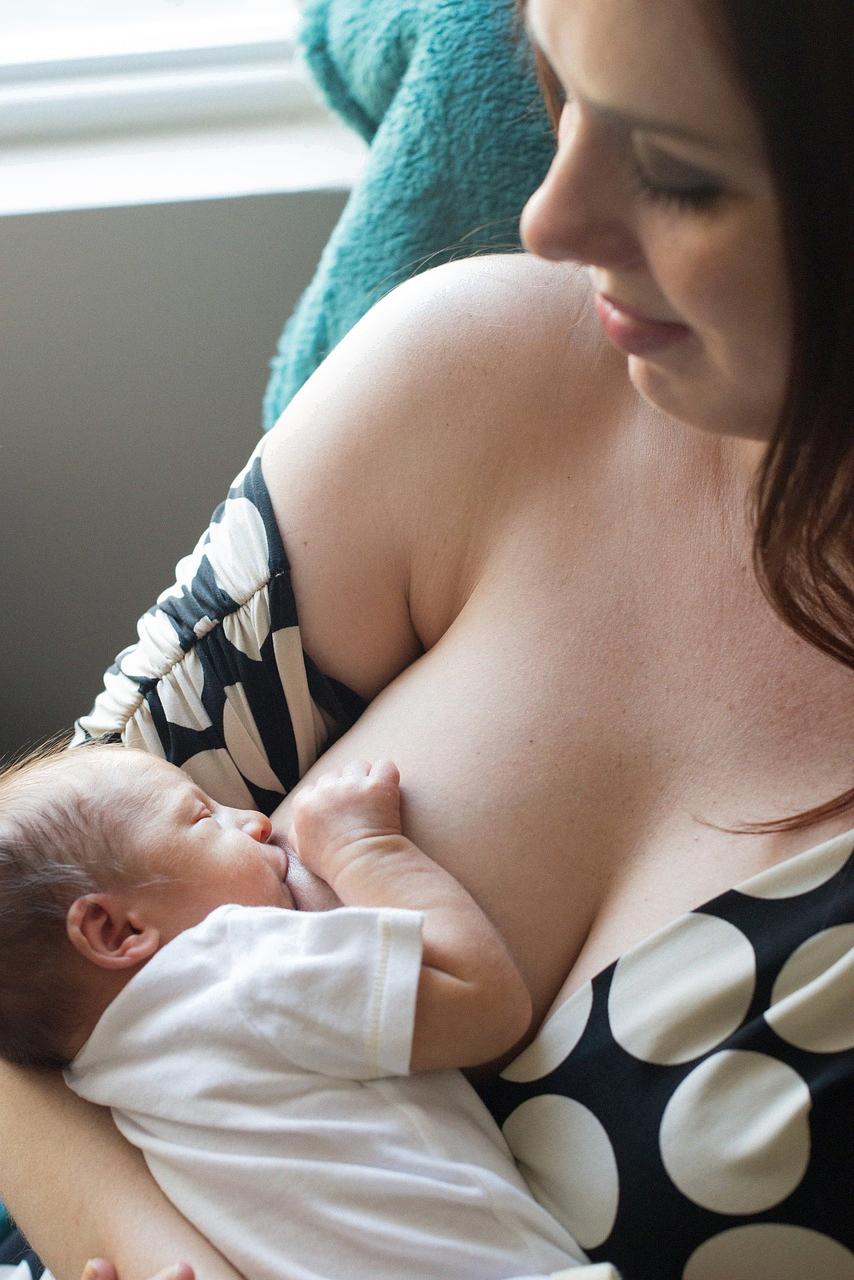Thrush on the nipples is a common condition that can affect individuals who are breastfeeding. It is crucial to be able to recognize the signs and symptoms of thrush on the nipples to ensure prompt treatment and prevent further complications.
Signs and Symptoms of Thrush on Nipples
If you suspect you may have thrush on your nipples, there are specific signs to watch out for. These may include:
- Redness and inflammation: Your nipples may appear bright pink, and the areola may be reddened, dry, or flaky.
- Pain and discomfort while breastfeeding: You may experience pain or a burning sensation while nursing your baby.
- Itching or burning sensation: You might feel an itching or burning sensation on or around your nipples.
- Unusual nipple discharge: You may notice unusual discharge from your nipples, which can be a sign of thrush.
- Rash or sores on nipples: Rarely, a fine white rash or sores may be present on the nipple or areola.
Causes of Thrush on Nipples
Thrush on the nipples is typically caused by the overgrowth of Candida albicans, a type of yeast. Other factors that may contribute to the development of thrush include a weakened immune system, antibiotic use, and a warm and moist environment.
Diagnosis of Thrush on Nipples
To diagnose thrush on the nipples, a healthcare provider may conduct a physical examination and possibly a swab test to check for the presence of Candida. Additionally, your baby’s mouth may be examined for signs of thrush, as it can be passed back and forth between mother and child during breastfeeding.
Treatment Options for Thrush on Nipples
Treatment for thrush on the nipples typically involves antifungal medications for both the mother and the baby. Probiotics can also help restore the natural balance of bacteria in the body. In addition, home remedies such as applying diluted apple cider vinegar or coconut oil may provide relief.
Prevention of Thrush on Nipples
Preventing thrush on the nipples involves maintaining proper hygiene, sterilizing feeding equipment, managing breastfeeding pain, and following a balanced diet to boost your immune system. Taking these steps can help reduce the risk of developing thrush.
When to Seek Medical Help
If you experience persistent or worsening symptoms of thrush on your nipples, or if you have recurrent cases of thrush, it is essential to seek medical help. Thrush can impact your breastfeeding experience and overall well-being, so timely treatment is crucial.
Conclusion
Recognizing the signs and symptoms of thrush on the nipples is key to addressing this common condition efficiently. By understanding the causes, diagnosis, treatment options, and prevention methods, you can take proactive steps to manage thrush effectively and promote your health and well-being.

